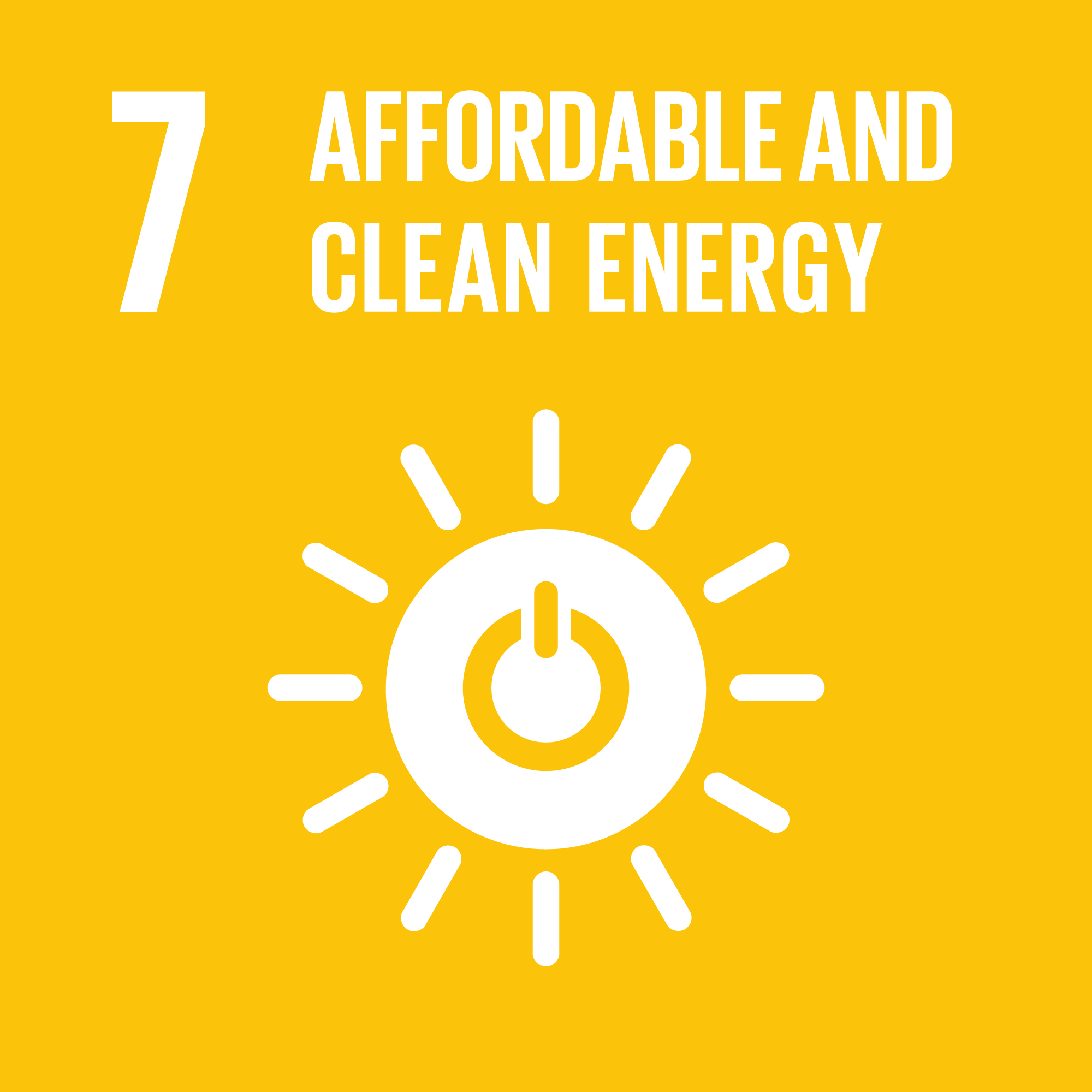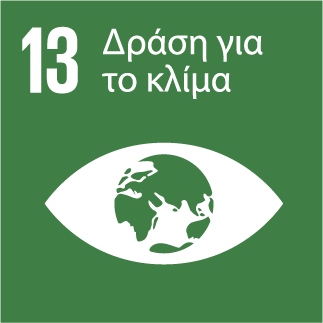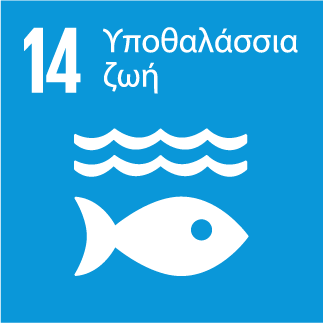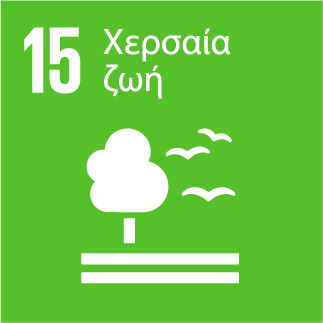Exchange platform for voluntary carbon credits
Description
Currently about 40 billion are emitted globally of tons of Co2 per year corresponding to the per capita emission of about 4.5 tons of Co2. So that in 2050 the temperature increase does not exceed the value established by the G20 of 1.5 C, the maximum emission threshold is 500 billion tons of CO2.
The objective of this project is to study the feasibility of a system for Voluntary Carbon Credit (VCC) trading, with the aim of supporting companies and private entities in achieving the goal of Zero Carbon Emission.
This means that, potentially, to cover the emissions of the next 30 years could be issued at least 500 billion carbon credit. Moreover, it is estimated that the demand for credits of carbon could increase by a factor of 15 or more by 2030 and by a factor of up to 100 within 2050.
Jointly, according to the "Global Commission on Economy and Climate" (2018) in the next 15 years, which represent a unique opportunity for the future of humanity, about $90 trillion of green investment will be needed.
The introduction of a ceiling on annual Co2 emissions has made possible the birth of a new market, that of carbon credits, which are identified as negotiable certificates representing the right to issue one ton of anhydride carbon or the equivalent amount of a different greenhouse gas.
Companies that currently emit more than 50,000 tons of CO2 in Europe are obliged to cover their emissions through the purchase of carbon credits, otherwise the payment of a penalty quantified in 100€ for each ton of CO2 in excess.
These companies are subject to regulated market of the EU ETS and account for 40% of total Co2 emissions produced in the European market.
Therefore, it was made possible to create an additional market, representing 60% remaining Co2 emissions, which takes the name of the Voluntary Carbon Credit market (VCC), characterized by carbon credits certified not through the Europe system, but directly from companies that have applied for certification, to certification bodies, such as Verra and Gold Standard.
Among the main features of VCC are: i) intended for all industrial sectors and individuals ii) involve companies, small and medium-sized enterprises and non-profit entity of the "Green" world iii) can be purchased by anyone who wants to reduce their emissions iv) current price around 10€ v) market accessible regardless of level of its own emissions.
The GreenBoost solution provides an exchange platform, operating on blockchain, (below Exchange) of VCC that will be validated in the form of NFT. The purchase and the sale of VCC can take place either through the classic channels of purchase with FIAT currency, i.e. payments via international circuits (VISA, Mastercard), or through the use of the native token of the Blockchain on which the platform will be implemented.
The solution is a response to the need of the Carbon Credit market to create an ecosystem in which supply and demand can converge, eliminating the presence of intermediaries in the buying and selling.
GreenBoost exchange platform therefore represents the meeting point between small and large companies that intend, on the one hand to participate in the sale of VCC, and on the other to the purchase of the latter, to limit or eliminate their excess Co2 emissions.
The exchange will also be open to both corporate and retail customers, given the increasing interest of people on the subject. The carbon credits that would be exchanged on this platform should be certified by the certifying bodies, using our system as a link, to make the process as fast and standardized as possible.
On the Exchange platform, the VCC will then be exchanged and placed on the market in the form of an NFT-receipt, in which all the data relating to the purchase, then quantities purchased and unit price, and data concerning the origin of the carbon credits, containing a description of the project that generated them, source market, geolocation and body that has certified carbon credits.
The use of blockchain technology ensures the transparency and reliability of transactions made, the inalterability of the processes and the historicity of the activity, guaranteeing our customers a very high quality of service offered, in addition to a high ability to manage the transactions.
Solutions that are already on the market (e.g., Moss, Klima, One Carbon World, Climate Trade, Carbonsink, Zero Co2, Carbon Credits Consulting s.r.l, Mugo, Up2you, Ecomate, Carbon Trade Exchange) provide consulting services to support companies in the path reduction of their emissions, guiding them first in a phase of study on their activities and the quantification of emissions from them, and later, if necessary, purchase of Voluntary Carbon Credit and/or Green investments.
GreenBoost’s offer differs from the competition by two main factors: i) the disintermediation of the buying and selling process ii) the possibility of making the market of carbon credits to all those who (SMEs, corporate, farmers, etc.) intend sell or buy VCC.
The identified sectors, which would be able to respond to the growing demand for carbon credits and which can consequently supply the GreenBoost trading platform of VCC, are the following: renewable sources (in the form of clean energy replacing fossil fuels) agriculture, reforestation, carbon capture and storage (in the form of the ability to absorb CO2).
As for the renewable energy sector, a company could issue a carbon credit number equal to the tons of CO2 that saved by providing clean energy and avoiding the use of fossil fuels. The data needed to identify the number of carbon credits that can be issued are then defined according to the amount of energy produced.
For the agricultural sector and for reforestation projects, the amount of carbon credit is obtained by cross-referencing data concerning the type of cultivation, the used techniques and the total extent of the land. Think, for example, that a bamboo forest, cultivated according to biological methods, at full capacity, based on the biomass produced, can absorb up to 250 tons of CO2 per hectare per year.
This data can be retrieved from national agricultural databases and cadastral maps.
Finally, it is easy to identify the amount of carbon credit that can be generated by plants for the absorption of carbon dioxide, equal to the number of tons of CO2 absorbed.
We therefore consider it possible to implement a blockchain-based exchange platform of these certificates, arising from voluntary basis, and the creation of a real market, to date almost non-existent, that responds to the laws of supply and demand.
Although the application of this solution can potentially have a worldwide market, GreenBoost, in the initial stages of the project roadmap, will focus its interest on the Italian market.
Italy, with regard to the total annual emissions per capita, is at 65 places in the world ranking among the 211 countries that have been surveyed, with emissions per capita of the individual citizen of about 5 tons of CO2 per year, while it appears to be at the 19 places for the total annual emissions of CO2 equal to about 355.454.172 tons.
The analyzed market is divided between: SMEs and Corporate interested in the environmental issue and presenting the reduction of emissions as a strategic driver and therefore potentially available to purchase Voluntary Carbon Credit , individuals interested in the theme of environmental protection , Non-profit associations aimed at safeguarding Italian forests, the agricultural enterprises active on the Italian territory.
The GreenBoost Business Model is based on 3 main pillars: i) the ability to supply the VCC platform through Green Projects, farmers, green energy, and non-profit associations ii) the ability to increase brand and platform knowledge through high investment in Digital Marketing, Network Sales Agent and Sponsorship Programs (refer program) iii) ability to generate incomes through its Revenues Model that is characterized by 2 principal factors: a) transaction fees applied at the time of purchase and sale to all transactions carried out on GreenBoost platform by both Company and Retail b) subscription membership, differentiated by 4 different packages based on the purchase needs of VCC of the individual company
Sustainable Development Goals

7. Affordable and clean energy
Thanks to the application of a trading model of carbon credits such as GreenBoost, the renewable energy sector would become one of the protagonists of the system. In fact, renewable energy producers would be more remunerated thanks to carbon credit, allowing the reduction of the cost of energy production, and the consequent transition to clean energy would be less expensive.

11. Sustainable cities and communities
The adoption of a model for buying and selling carbon credits would allow cities and communities to move towards more sustainable living patterns, helping the activities of the green world to grow and make them points of reference in people’s lives. Thanks to this model, in fact, people would be on the one hand the protagonists of the ecological transition, on the other hand they would be able to experience the benefits that derive from it on their lives.

13. Climate Action
The goal of GreenBoost is to accelerate the process of transition to a zero-emission world, allowing companies to access a system to cover their emissions, and the activities of absorbing or cutting emissions to grow and thrive, using the resulting cash flow from buying and selling carbon credits to finance themselves.

14. Life Below Water
Through the use of the so-called "Blue Co2", associations for the defense and protection of marine habitats could use the emission of carbon credits resulting from actions of CO2 sequestration carried out by seaweed forests and marine plants, such as posidonia, to finance themselves, thus ensuring more effective habitat management.

15. Life on Land
As with marine habitats, habitat conservation associations on land could use carbon credit to support their activities. In addition to these, the agricultural sector would also enjoy a great deal, seeing the profitability of agricultural activity increase and allowing high-quality products to be guaranteed in the future, but without the price of these goods being too much affected.

17. Partnerships
The final goal of GreenBoost is to be able to create a real green ecosystem, a virtuous circle where the various actors in the industry, from anywhere on the planet, can help each other and work together towards achieving the common goal of Zero Net Emissions.
Notice: Undefined variable: post_id in /var/www/vhosts/hei-prometheus.eu/httpdocs/entrepreneurship-acceleration-platform/wp-content/themes/understrap-child-1/loop-templates/content-businessidea.php on line 293